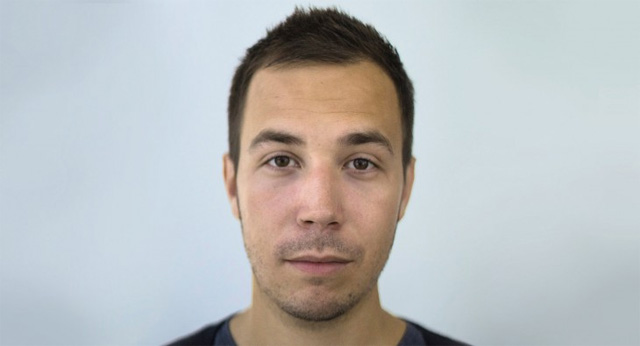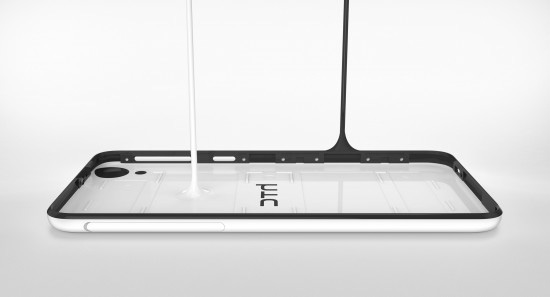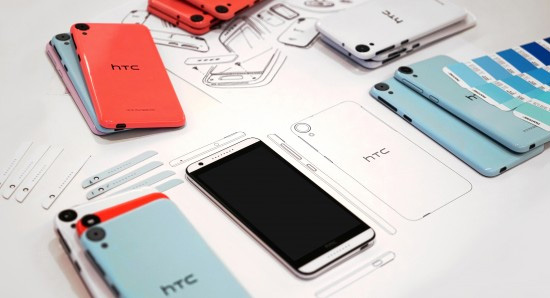Based on materials from blog.htc.com
Another design story is told by its industrial designer HTC Hannes Harms, who will tell how the Desire 820 went from concept to reality.

So tell us what's so exciting about the Desire 820?
Hannes Harms: The 5.5-inch screen of this device was a real challenge for us as designers: we needed to make a device with a large screen so that it felt pleasant and 'accessible'. In the Desire line, we were limited to plastic for economic and design reasons, so everything literally pushed us to seek new, unique ways of working with plastic.
In the past few years, we have developed a two-color casting process. In general terms, the point is that you have two types of plastic that form one shape. They merge together without any gaps.
From a purely design standpoint, working on a two-tone color palette gave us a lot of fun. With this method, we could highlight the most important details such as the screen, buttons, camera, in a darker tone, thus creating a design based on functional hierarchy.

Does the plastic have to dry between layers?
Hannes: The first layer of plastic cools down in the mold and hardens. Then the part moves into another shape, so that it, in fact, turns in the apparatus and acquires a second layer of plastic.
In terms of build quality, this process provides rigidity and strength to a very thin plastic body by adding an extra layer exclusively to the sides of the phone, while the back of that piece of plastic remains as thin as possible.
How long did it take for this solution to appear, which affects both durability and aesthetics?
Hannes: We started thinking about this a long time ago, we constantly had ideas that we wanted to implement in some way. Since such a design had not yet been applied, it was kind of a challenge. And we needed to work closely with our engineers.

Wondering what formed the basis of your design career? Where are you from, where did you study and how did you decide to become a designer?
Hannes: I am from Germany, studied design in London at the Royal College of Art. After moving to the USA, I started working for One & Co., which became part of HTC.
What's your favorite part of the design process?
Hannes: I have always been interested in the materials and their processing. It may not be something that every customer sees, but it looks very honest – when the design is related to how the device is made.
Hannes, it was very interesting to communicate with you. Hopefully we can soon talk about some bold new designs from HTC.
